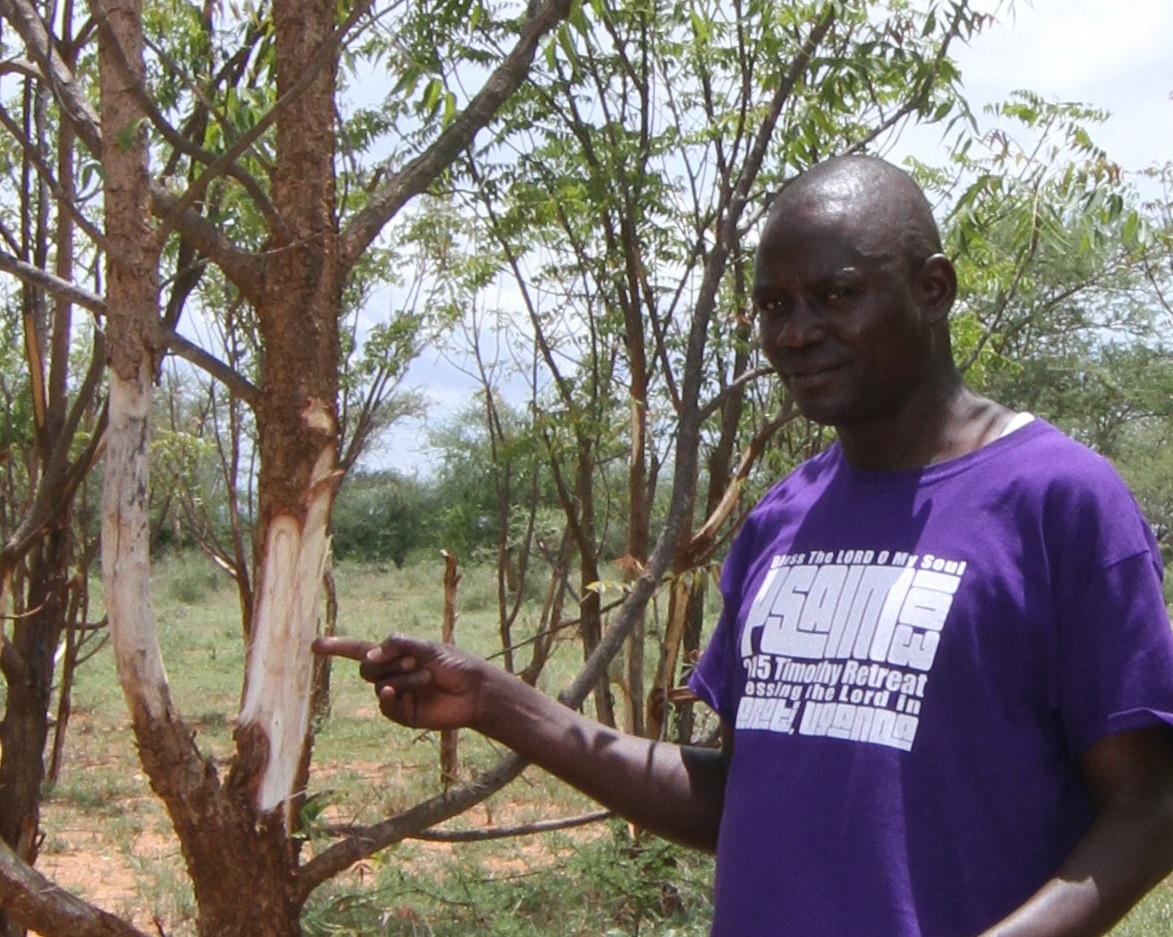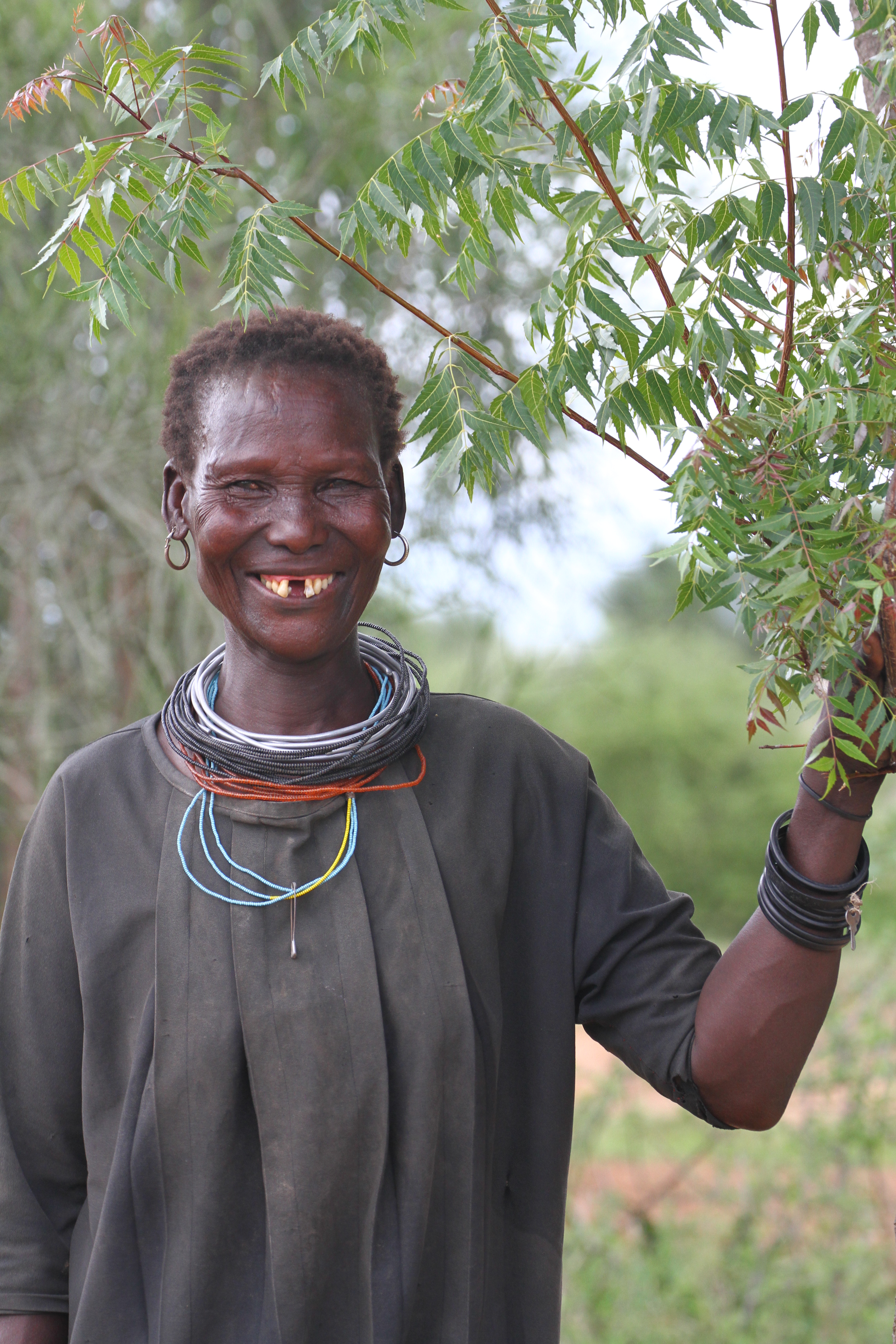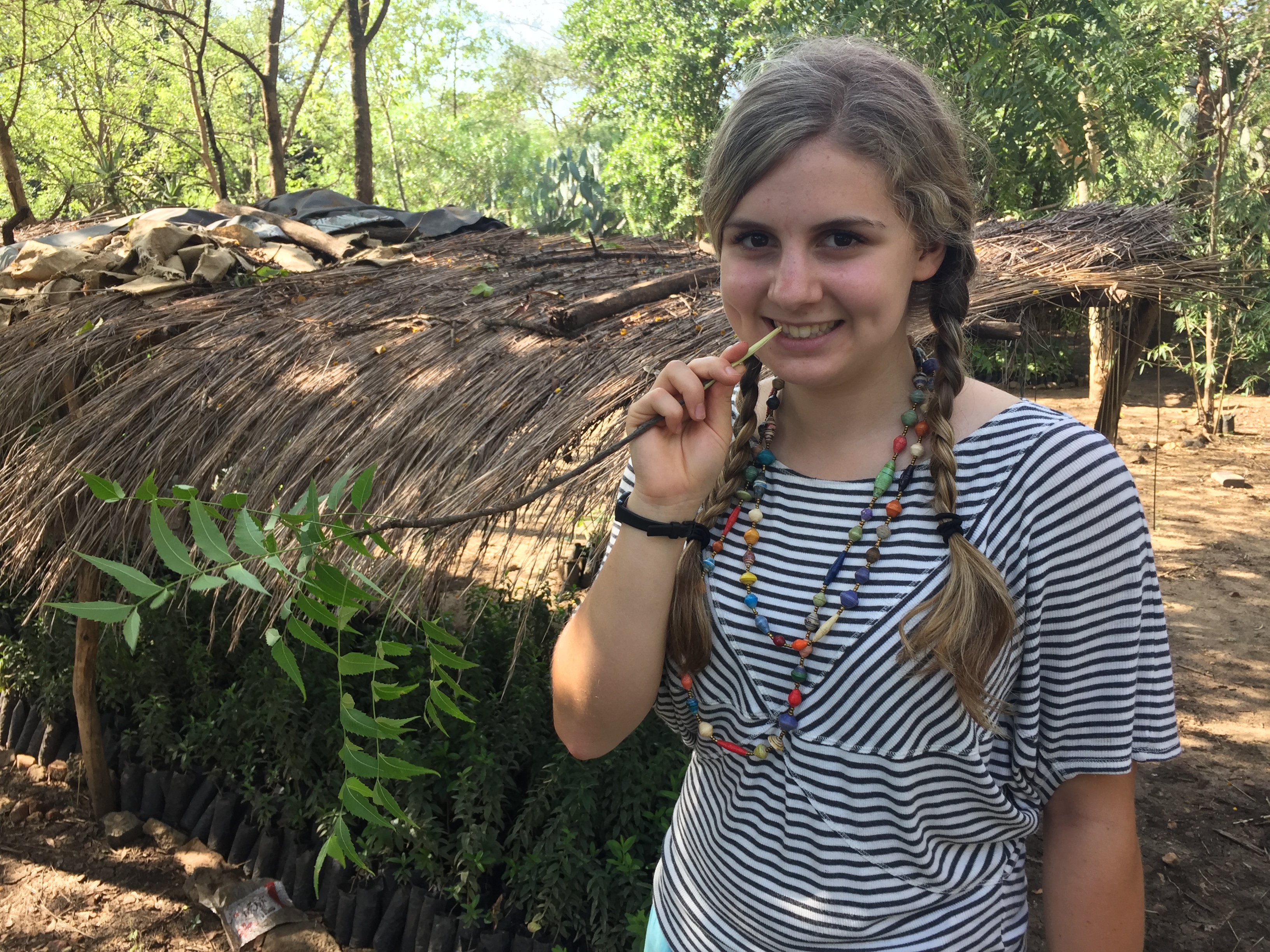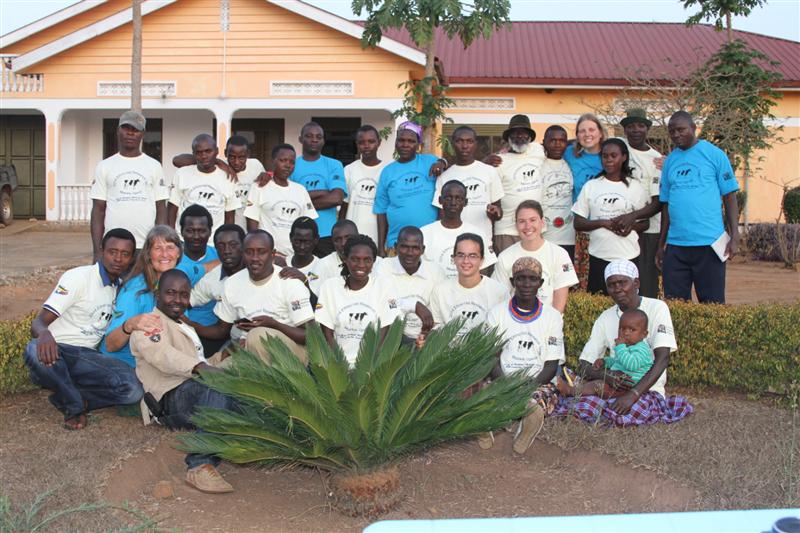Herbal Veterinary Medicines being researched by CLIDE
Ethno-Veterinary Agro-Forestry Initiatives by CLIDE
Partnering with BTHA (Bokora Traditional Healers' Association)
Donate for preserving indigenous herbal tree species and international patenting/registration of the Karamojong herbal veterinary medicines
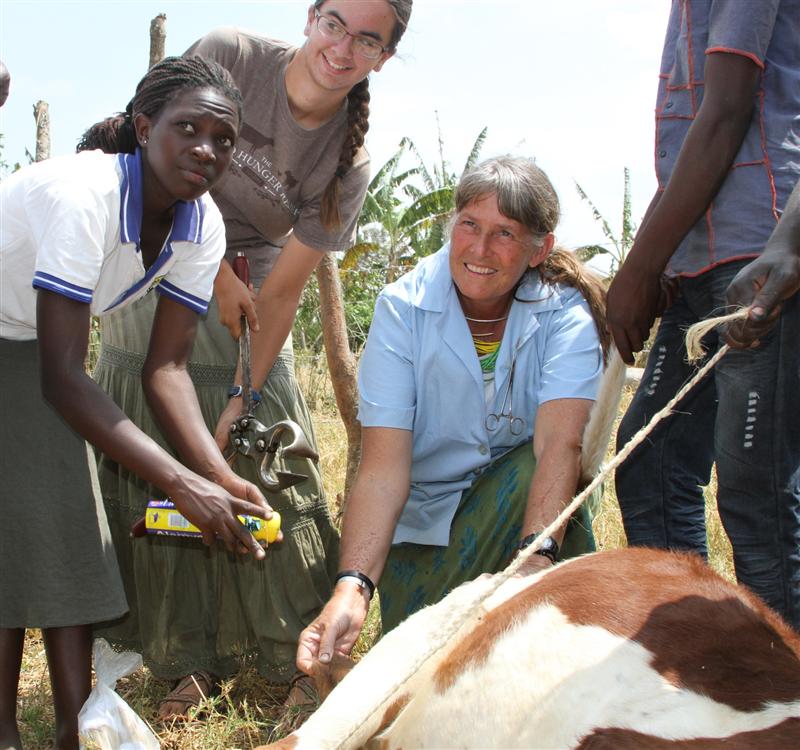
Ethno-Veterinary Medicine
Herbal Veterinary Medicine or Ethno-Vet Med
Indigenous knowledge, and specifically ethno-botanical knowledge and ethno-veterinary knowledge, hold great potential as a hidden source of wealth to help alleviate poverty in the Lesser Income Countries (LICs) of the world. Cultivation of this potential can allow indigenous peoples to plant the seeds of wisdom which their ancestors developed over centuries, and to reap a harvest from their own soils. That harvest, however can come at a significant price to the environment. These ecological costs must be determined, analyzed and accounted for, before research and development proceed.
Background:
Over the last 24 years we have been working with the nomadic Karamojong tribe in their fragile, semi-arid, acacia scrublands in NE Uganda, assisting them in researching and developing their ethno-veterinary medicines (EVMs). During this time, Traditional Livestock Healers (TLH) of Karamoja identified more than 100 effective EVMs in over 300 formulations which they use for treating their animals. Through community dialogues (Healer Forums) and semi-structured interviews, informant consensus led to establishing the 20 most efficacious and economically profitable EVMs of the area. These were then correlated using a literature search of related research which has been previously conducted.
Herbal Veterinary Medicine Research and Development
Following the discovery processes, pharmaceutical formulations were developed based upon the solubility of the active ingredients and the types of preparations required. Currently 15 medicines are in various stages of validation and commercial development, utilizing these 20 EVMs. Displayed here is a chart of our current progress:
| Current Status |
Potential Commercial Ethno-Veterinary Products |
|
Works well, needs refinement |
Mycoplasma Pneumonia/ CBPP Treatment |
|
Good Test Results |
Herbal Dewormer |
|
Works well, in use |
Ringworm Oil, Healing Oil (pox, orf, foot rot, scabies) |
|
Works well, in use |
Herbal Balm (for joint and muscle aches) |
|
Works well, in use |
Snake Bite Remedy (topical and systemic) |
|
Needs refinement |
Eye Ointment |
|
Works well, needs refinement |
ECF/Anaplasmosis Treatment |
|
Good test results |
Natural Lactogenic, Diabetic treatment |
|
Good test results |
Anti-Diarrheal For Calves |
|
Good test results |
Retained Placenta Remedy |
|
Works well, needs refinement |
Herbal Insecticide |
|
Works well, in Use |
Wound Cream |
|
Works well, in use |
Fly Repellant |
|
Works well, needs refinement |
Dermatophilosis Ointment |
(*Note: for IPR reasons, the plant names being used in these formulations cannot be made available at this time).
We have observed that as these ethno-veterinary medicines have been scientifically validated and commercial pharmaceuticals developed, three valuable benefits have begun to be realized. First, availability of affordable, effective EVMs results in improved animal health, leading to an increase in livestock productivity. Secondly, with value-added indigenous products, a greater market potential for indigenous products can be realized, leading to diversification of incomes in the area. Thirdly, development of the intellectual properties of local communities improves their concept of self, and their respect for the cultural wisdom of their ancestors.
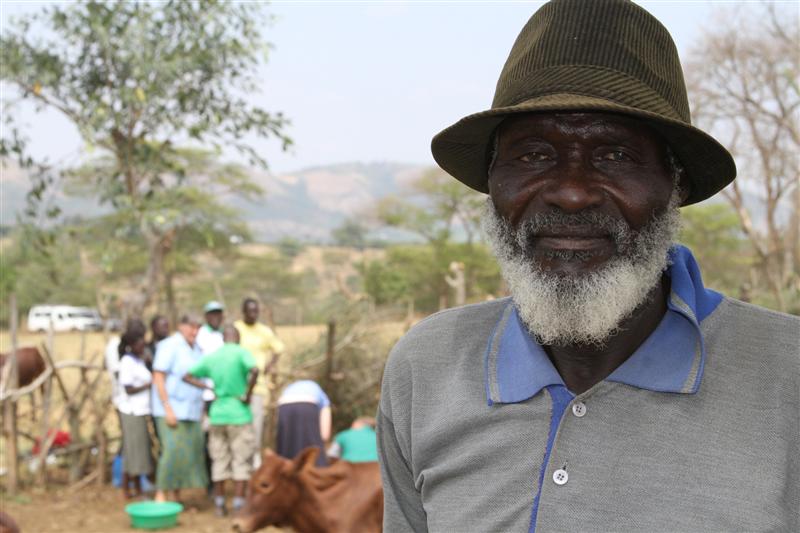
Along with these benefits however, several challenges also accompany the development of commercial EVMs. Firstly, excessive pressure on the environment can be felt. Ecological systems can usually supply adequate crude herbal products for sustainable local use in a subsistence economy, because indigenous peoples traditionally utilize their resources within reasonable limits, aware of the risks of over-utilization. When the consumer market expands however, through commercial production, the increased need for crude materials (bark, roots, leaves) can result in excessive environmental pressure. As we work with the local communities to develop their resources, we need to ensure a balance between promotion of ethno-veterinary medicines and propagation of medicinal tree species: a balance of Supply and Demand. Various environmental, social, cultural and economic factors must therefore be assessed in order to establish the sustainable management of ethno-botanical resources. Our work aims to demonstrate a process by which ecological and socio-economic considerations can be incorporated into an EV project in order to ensure better environmental sustainability.
Other challenges which accompany the commercialization of ethno-botanicals are in the area of property rights. Intellectual properties, community and individual resources and land rights become important issues as the value of ethno-veterinary resources increases.
Veterinary Agro-Forestry Initiatives
In order to produce adequate amounts of the valuable herbal veterinary medicines, an adequate supply line must be established. Continual harvesting from the wild will rapidly deplete those medicines which are rare or locally endangered. Through Agro-forestry initiatives, we have set up tree nurseries and medicinal woodlots which can provide the necesssary crude products for the various pharmaceutical preparations.
